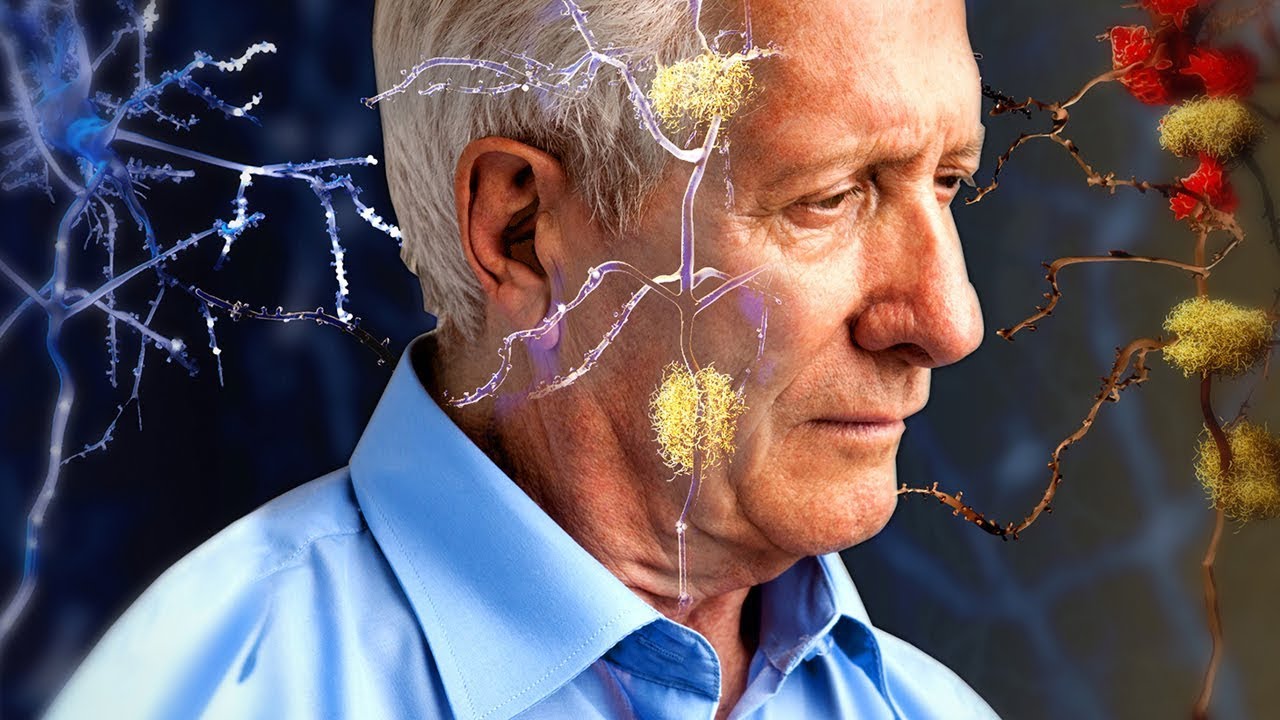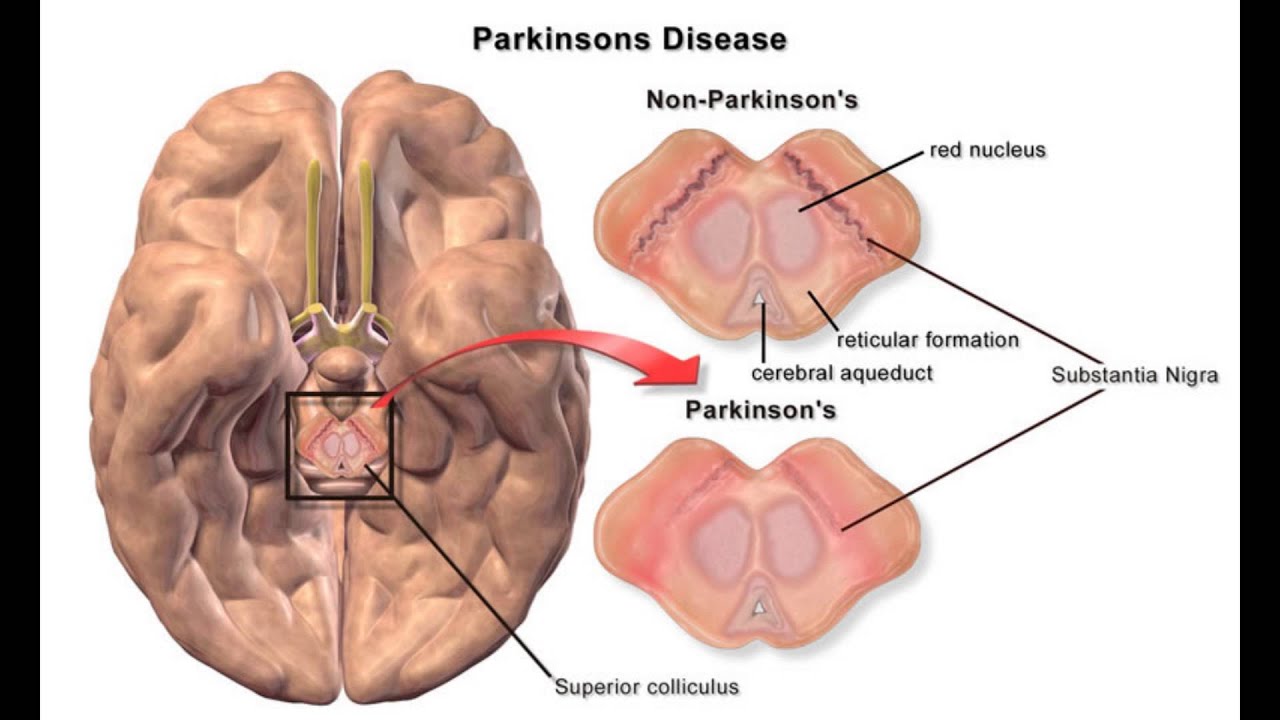What Are The Stages Of Alzheimer’s Disease?
Tuesday, April 16th, 2019An estimated 23,000 people die each year in the United States from Alzheimer’s disease. It is the leading cause of dementia in the elderly, making it the eighth leading cause of death among that age demographic.

Alzheimer’s cannot currently be cured, but understanding the seven stages of the disease can help researchers, care-giving family members and those afflicted. Alzheimer’s disease most often affects those over 65. It is extremely rare for the conditioner to occur earlier. Alzheimer’s affects the cortical tissues of the brain, causing them to atrophy. On autopsy tangled webs of brain tissue filaments (neurofibrillary tangles) and patches of degenerative nerve endings, called senile plaques are found. It is believed that these abnormalities cause a disruption of the electrical impulses in the brain. It is a devastating disease, robbing the individual of their memories and ability to recognize their loved ones or care even to complete simple tasks for themselves, but there are treatments available to help slow the course of Alzheimer’s disease and researchers are working hard to find a cure.
Understanding the stages of the disease is the key to both
There have been a number of attempts to describe the disease using a medical model but for caregivers and the rest of us it is easier to use the seven step functional stages to understand the changes brought on by the progression of the disease.
- Stage 1 is described as a normally functioning adult without noticeable symptoms and no changes in memory.
- Stage 2 is often mistaken as part of the normal aging process. The individual notices their declining memory issues and some functional loss as well. They may have trouble remembering the names of familiar people and places.
- Stage 3 is defined as early Alzheimer’s disease. There is progressive difficulty with involved tasks in demanding situations and often growing anxiety and denial. Memory and recall difficulties become apparent, concentration becomes effected and there is generally a loss of productivity.
- Stage 4 or mild Alzheimer’s, disease is characterized by a flattening of mood and continued denial of the disorder. Familiar faces, following directions to frequently visited places and orientation of persona and place are still intact, but assistance with complicated tasks becomes necessary.
- Stage 5 Alzheimer’s disease is considered moderate and the person in this stage can no longer get along in daily life without the assistance of others. They can remember major information about them selves and others but recall of newer information is difficult. An individual at stage 5 needs assistance picking proper attire and making most decisions.
- Stage 6 is considered moderately severe and people begin to forget large amounts of information about themselves and others including the names of their spouses and children. They will need help with all the activities of daily living and disturbed sleep patterns becomes problematic and delusional or obsessive behavior, acute anxiety and violent behavior can arise.
- Stage 7 is the last stage of the disease, and in severe Alzheimer’s disease speech is reduced to only a few words and is mostly unintelligible. Individuals lose their ability to sit up or walk. They cannot smile and even lose their ability to hold up their heads. The brain seems unable to direct the movement of the body.
Alzheimer’s disease isn’t curable but there are treatments that can slow its progress and promising research that may one day lead to a cure. Understanding the stages of the disease and its progression can help those who are afflicted, their loved ones and researchers ensure the best treatment now and promote hope for the future.


